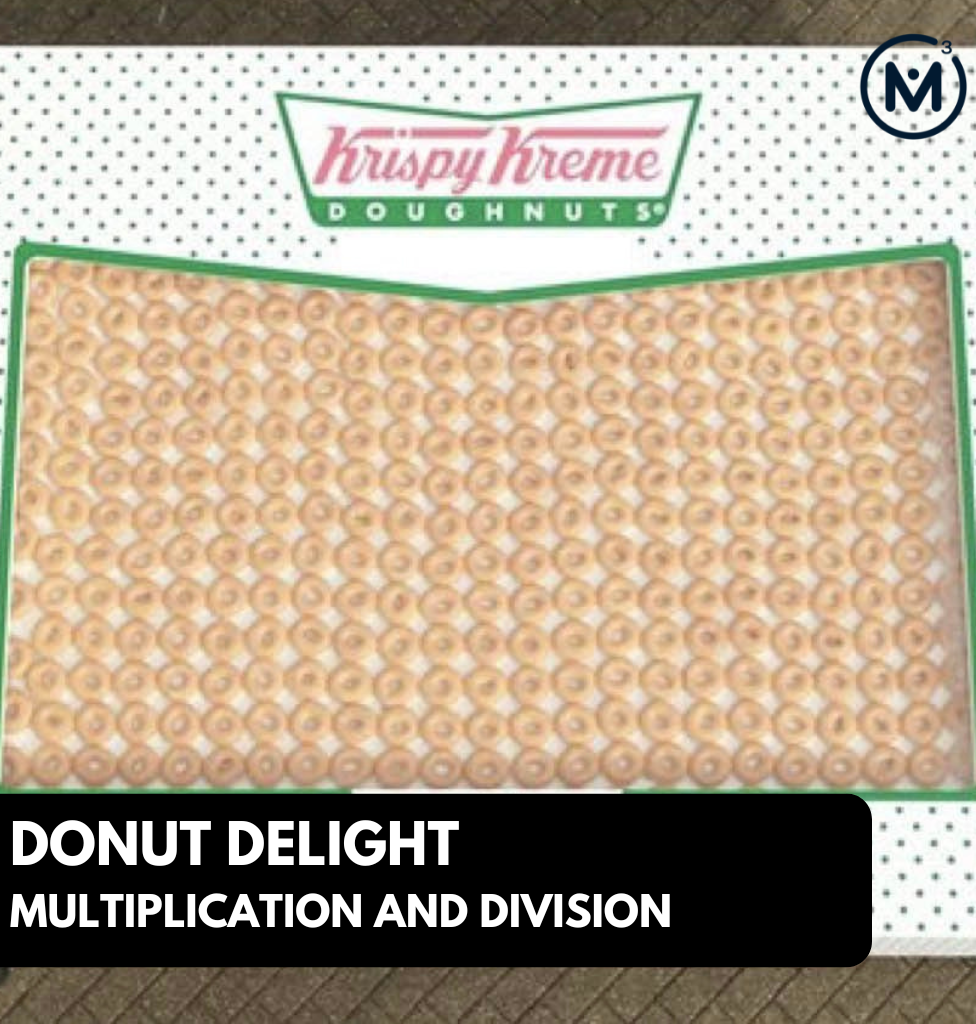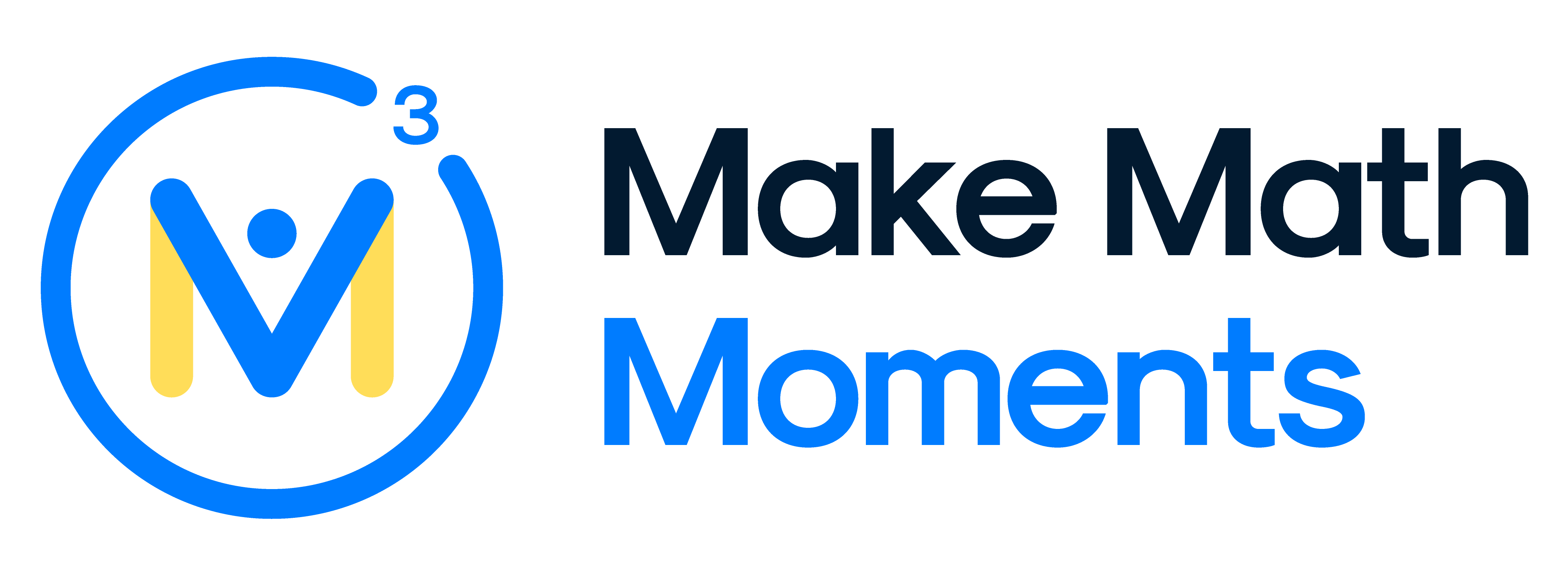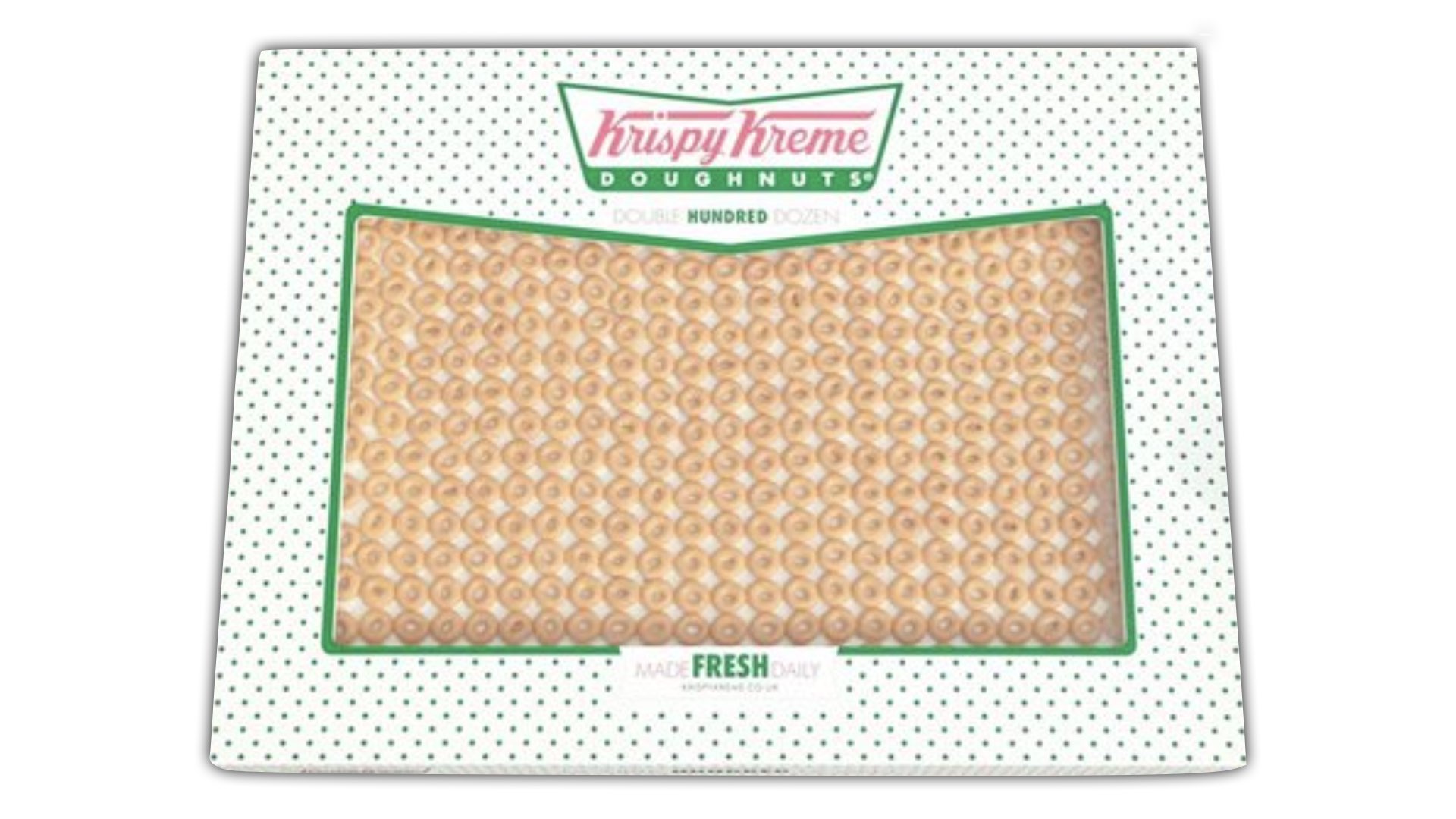DONUT DELIGHT [DAY 3]
MULTIPLICATION AND DIVISION
Use arrays to develop and understanding of the relationship between multiplication and division.
Intentionality
Math Talk
Fuel Sensemaking
During Moves
Student Approaches
Consolidation
Reflect and Consolidation Prompts
Resources & Downloads
Educator Discussion Area
Intentionality & Unit Overview

Length of Unit: 5 Days
Access each lesson from this unit using the navigation links below
Students will explore the relationship between partitive and quotative division.
Intentionality…
In this task, students will begin making generalizations about the relationship between quotative and partitive division. Using the same box of 2 400 donuts, students will be tasked with a partitive division problem today.
Some of the big ideas that will emerge in today’s task include:
- Numbers can be composed and decomposed.
- Multiplication and division are related.
- Quotative division can be accessed through skip counting, repeated addition, multiplication and/or repeated subtraction.
- Partitive division can be assessed through fair sharing (or equal distribution), partitioning and multiplying by a fraction.
Math Talk
Revisit the context from Day 2, the box of 2 400 donuts partitioned into layers of 800 donuts. Use the following information to practice similar quotative division problems. Students are encouraged to use models as tools and to represent their thinking. The question for each of the following scenarios is, how many layers of donuts are in the box?
400 donuts per layer, 1 200 donuts altogether
700 donuts per layers, 2 800 donuts altogether
450 donuts per layer, 2 250 donuts altogether
325 donuts per layer, 1 300 donuts altogether
Fuel Sense-making
Crafting A Productive Struggle: Prompt
If your school bought this box of doughnuts to split between 8 classes, how many would each class get?
Students are encouraged to work through this problem with partners or in small groups. Students should use models to defend their thinking and convince their community that their answer is correct.
During Moves
While Students Are Productively Struggling…
Login/Join to access the entire Teacher Guide, downloadable slide decks and printable handouts for this lesson and all problem based units.
Student Approaches
Student Approach #1: Decomposing Dividend and Fair Sharing
Login/Join to access the entire Teacher Guide, downloadable slide decks and printable handouts for this lesson and all problem based units.
Student Approach #2: Repeatedly Halving a Bar Model
Login/Join to access the entire Teacher Guide, downloadable slide decks and printable handouts for this lesson and all problem based units.
Student Approach #3: Repeatedly Halving With A Double Number Line
Login/Join to access the entire Teacher Guide, downloadable slide decks and printable handouts for this lesson and all problem based units.
Consolidation
Login/Join to access the entire Teacher Guide, downloadable slide decks and printable handouts for this lesson and all problem based units.
Reflect and Consolidation Prompts
Provide students an opportunity to reflect on their learning by offering this consolidation prompt to be completed independently.
Consolidation Prompt:
Login/Join to access the entire Teacher Guide, downloadable slide decks and printable handouts for this lesson and all problem based units.
We suggest collecting this reflection as an additional opportunity to engage in the formative assessment process to inform next steps for individual students as well as how the whole class will proceed.
Resources & Downloads
Login/Join to access the entire Teacher Guide, downloadable slide decks and printable handouts for this lesson and all problem based units.
Printable Lesson Plan PDF
Videos, Images & Media Files
Apple Keynote Presentation
Powerpoint Presentation
Printable Consolidation Prompts
Educator Discussion Area
Login/Join to access the entire Teacher Guide, downloadable slide decks and printable handouts for this lesson and all problem based units.
Explore Our 60+ Problem Based Units
This Make Math Moments Lesson was designed to spark curiosity for a multi-day unit of study with built in purposeful practice, number talks and extensions to elicit and emerge strategies and mathematical models.
Dig into our other units of study and view by concept continuum, grade or topic!



